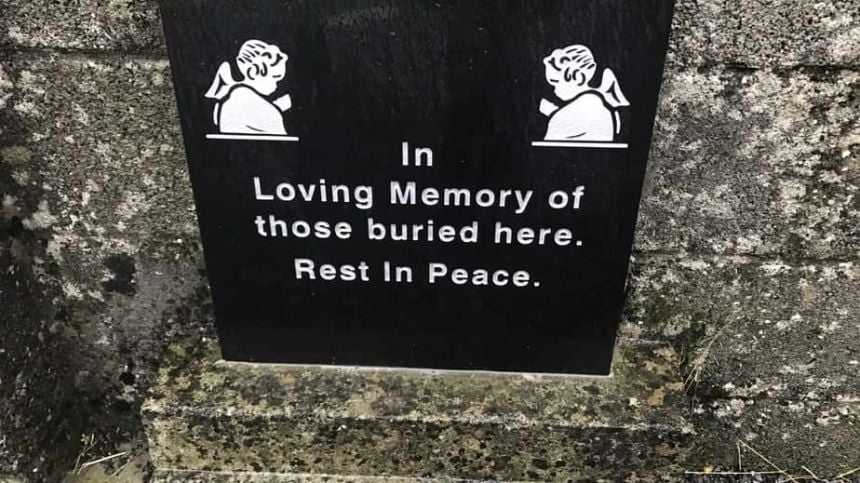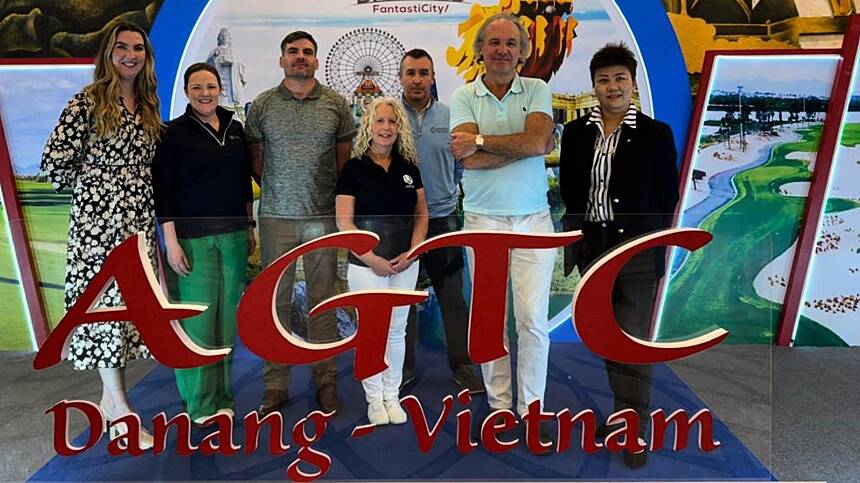Galway Bay fm newsroom - The final report of the Mother and Baby Homes Commission identifies 2,219 women who were admitted to the Tuam home, and examines, in so far as records allow, their admissions and the fate of their babies
It contains harrowing stories of the mothers and children in the Tuam institution, which was run by the Bon Secours Sisters between 1925 and 1961
18 institutions across the country were studied covering the period 1922 to 1998 and the report is the culmination of five years of work, and represents an emotional day for survivors, their families, and their campaigners
The three thousand page was published generally in the last hour and released to survivors through a webinar, attended by the Taoiseach and Children's Minister, in the early afternoon
The report is a complete examination of the lives and experiences of the women and children who passed through the institutions - as well as the practices and procedures they lived under.
It explores, in-depth, a wide range of issues, including living conditions, mother and child mortality, illegal adoption and social attitudes towards the occupants of the homes.
The report identified 2,219 women who were admitted to the Tuam home - when it was first in Glenamaddy from 1921 to 1925, and in Tuam from 1925 to 1961.
Admissions climbed steadily and peaked in 1946 before falling off throughout the 1950's, though there were still some 30 odd admissions in 1960, just before the closure of the home.
For 80 percent of those admitted, it was their first pregnancy - and the most common ages for women ranged from the late teens to early 20's.
61 percent gave birth at the home, while 36 percent were admitted with their baby - and between 1921 and 1950, the women admitted spent an average of 237 days at the Tuam home.
Though the average stay increased during the 1950's, peaking in 1956, at 326 days.
Meanwhile, between 1921 and 1961, 3,251 children were born in, or admitted to, the home in Tuam - 70 percent of these children were classed as illegitimate.
1 in 3 of these children was unaccompanied.
Births and admissions peaked in 1946 at 142, but thereafter maintained a downward trend until the home closed in 1961.
Children spent far longer at the home than their mothers - often remaining there for years - and the report found that the ratio of children to mothers at any given time was close to 6:1.
The commission identified 978 child deaths at the home, including when it was based in Glenamaddy.
The vast majority of these deaths - almost 93 percent - occured before 1950.
The worst period was from 1942 to 1947, where 305 deaths were recorded - accounting for 1 in 3 of all deaths between 1921 and 1961.
Of the children who died, 802 died at the Tuam Home; 80 died at the home in Glenamaddy; 88 died at the Central Hospital in Galway; and 8 died elsewhere.
The commission located burial records for just 51 children, 50 of which are in Bohermore Cemetery and one at Glasnevin in Dublin.
A large number of the outstanding children, it concludes, are likely buried at the memorial garden at the former site of the home.
Over half the children who died were accompanied by their mother at the time of death - but 45 percent were unaccompanied.
The leading cause of death listed is "non-specific" causes, following by respiratory infection, convulsions, other, tuberculosis, influenza, gastroenteritis, meningitis, measles and congenital heart disease.
The Children's Minister says Mother and Baby Homes were places of callousness, brutality and shame.
Roderic O'Gorman says the death rate was truly shocking.
The five-year investigation into mother and baby homes has found an "appalling" level of infant mortality among children born there.
Out of the 18 homes examined by the Commission of Investigation, 9 thousand children died.
56 thousand unmarried mothers - ranging in age from 12 years old to women in their 40s - along with 57 thousand children lived in the institutions.
The Commission says women who gave birth outside marriage were subjected to "particularly harsh treatment" in the period looked at from 1922 to 1998.
It found that was "supported by, contributed to, and condoned by" the institutions of the State and the Churches.
Taoiseach Michael Martin says the report makes often harrowing reading.
We will have a detailed report on the publication of this report, and analysis and reaction on FYI Galway@5.







